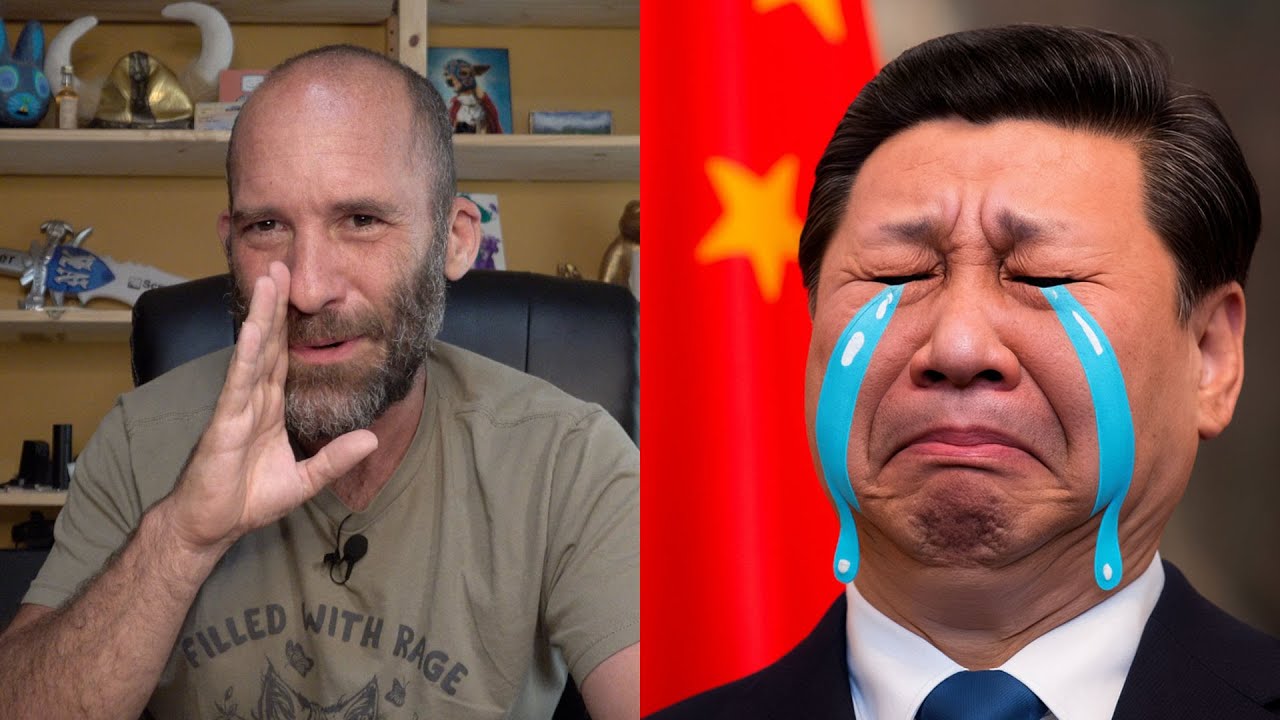Eli the Computer Guy explains that Chinese AI company DeepSeek struggled to train its R2 language model on Huawei’s Ascend GPUs, ultimately relying on Nvidia hardware due to the Ascend’s inability to handle the resource-intensive training phase, highlighting the current technological gap between Chinese and American AI hardware. He also discusses the broader geopolitical implications, noting that while China currently lags behind, ongoing U.S. export restrictions may accelerate China’s independent AI hardware development, potentially leading to a lasting shift away from Nvidia platforms.
In this video, Eli the Computer Guy discusses the recent challenges faced by Chinese AI company DeepSeek in training their second-generation large language model (LLM), R2, on Huawei’s Ascend GPUs. Despite Chinese authorities urging DeepSeek to use domestic Huawei hardware to reduce reliance on Nvidia, the Ascend GPUs repeatedly failed during the training process. As a result, DeepSeek had to revert to Nvidia GPUs for training while continuing to use Huawei’s chips for inference tasks, which require significantly fewer resources. This situation highlights the current technological gap between Chinese AI hardware and Nvidia’s more mature offerings.
Eli explains the distinction between training and inference in AI development. Training involves processing massive amounts of data to create a model and is extremely resource-intensive, while inference is the application of that trained model to answer queries or perform tasks, requiring much less computational power. Huawei’s Ascend GPUs appear capable of handling inference adequately but fall short in the demanding training phase. This mixed usage reflects a compromise driven by necessity rather than preference, especially given the limited availability of Nvidia GPUs in China due to export controls and geopolitical tensions.
The video also delves into the broader implications of this hardware struggle. DeepSeek’s AI platform is heavily optimized for Nvidia hardware, creating a legacy dependency that makes switching to Huawei’s Ascend platform challenging. Eli points out that once a company builds its infrastructure around a particular hardware ecosystem, it is difficult to transition away. However, ongoing U.S. export restrictions and political pressure are pushing China to develop and adopt domestic AI hardware, which could eventually lead to a full migration away from Nvidia, despite current setbacks.
Eli further reflects on the geopolitical and cultural context surrounding this technological competition. He references a book about Huawei’s history and shares personal anecdotes about cultural identity and association, drawing parallels to how nations and companies align themselves in global tech rivalries. The video suggests that while China currently lags behind in AI hardware capabilities, these challenges are part of a normal technological development curve, and China is likely to catch up over time, especially as it is forced to innovate independently due to external pressures.
In conclusion, Eli presents two perspectives on the DeepSeek and Huawei situation: one viewing it as evidence of China’s technological inferiority, and the other seeing it as a temporary hurdle in China’s AI development journey. He warns that forcing China off Nvidia’s platforms could ultimately strengthen China’s domestic AI ecosystem, creating a legacy system that won’t revert back. The video ends with Eli inviting viewers to share their thoughts and engage with his content, blending technical analysis with his characteristic candid and humorous style.
